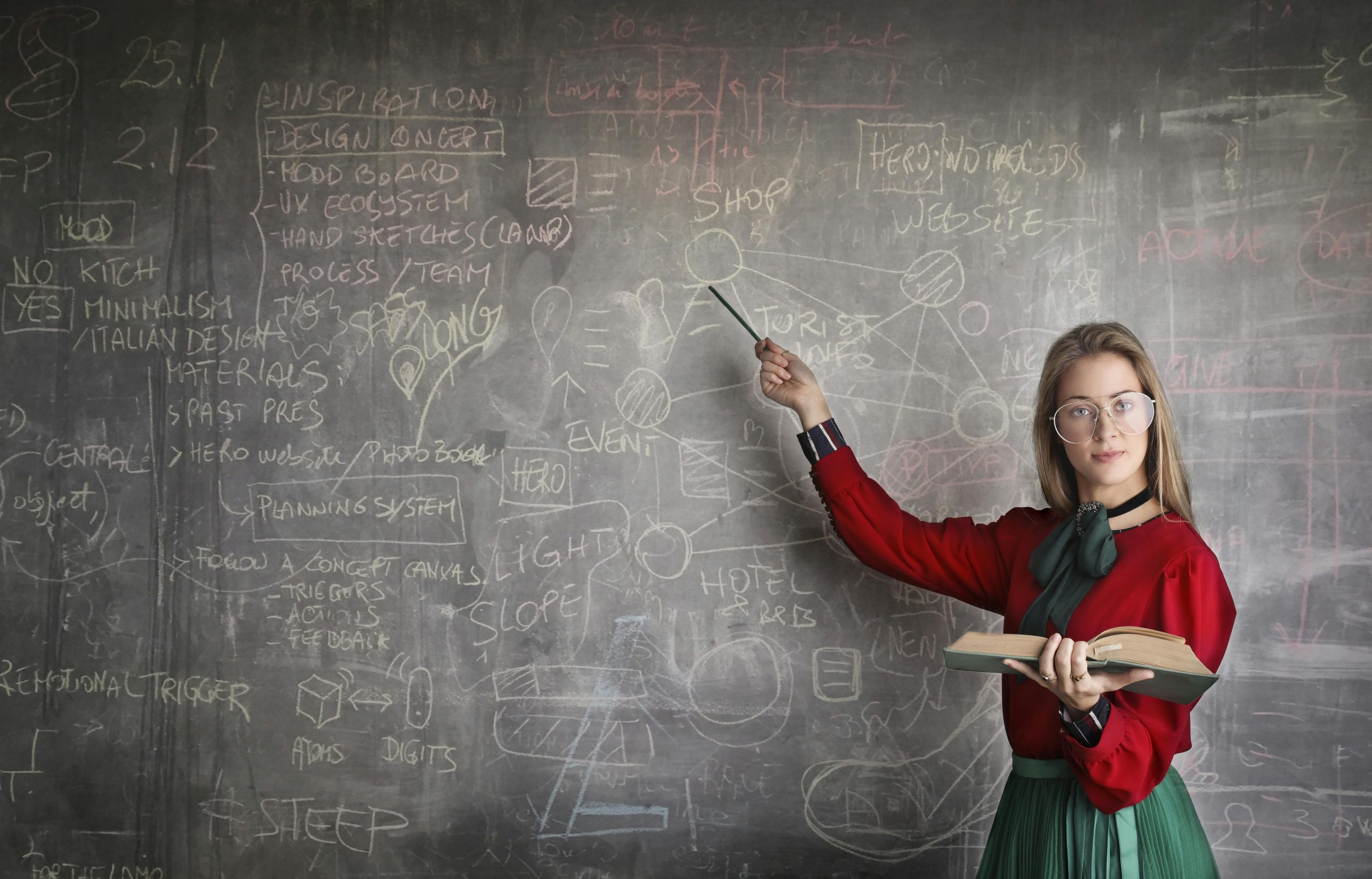Imagine a world where learning physics and math feels like playtime. For many kids, abstract equations and complex theories can be intimidating, but what if the key to understanding these subjects was already in their toy box? LEGO bricks, with their colorful, interlocking design, offer a hands-on way to explore fundamental concepts in physics and math—making learning engaging, interactive, and, most importantly, fun.
Why LEGO is the Perfect Teaching Tool
LEGO bricks are more than just toys; they’re powerful educational tools. Their modular design allows children to experiment with shapes, structures, and mechanics in a tangible way. Here’s why LEGO is ideal for teaching physics and math:
- Visual and Tactile Learning: Kids learn best when they can see and touch concepts. LEGO bricks turn abstract ideas into physical models.
- Encourages Problem-Solving: Building with LEGO requires planning, measurement, and adjustments—skills that translate directly to math and physics.
- Scalable Complexity: From simple counting for young learners to advanced mechanics for older students, LEGO adapts to different skill levels.
Teaching Math with LEGO Bricks
Math can be a challenging subject for many children, but LEGO makes it accessible. Here are a few ways to use LEGO to teach core math concepts:
Counting and Basic Arithmetic
For young learners, LEGO bricks are perfect for counting and simple addition or subtraction. By stacking bricks, children can visualize equations like 2 + 3 = 5 or 6 – 2 = 4. The different colors and sizes of bricks also help with pattern recognition and grouping.
Fractions and Proportions
LEGO bricks come in various lengths, making them ideal for teaching fractions. A standard 2×4 brick can represent a whole, while smaller bricks (like 1×2 or 1×1) can represent halves, quarters, or eighths. Kids can physically combine pieces to see how fractions add up to a whole.
Geometry and Spatial Reasoning
Building structures with LEGO helps kids understand shapes, angles, and symmetry. Challenge them to create 3D shapes like cubes, pyramids, or even bridges to explore geometric principles. Discussing why some structures are stable while others collapse introduces basic engineering concepts.
Exploring Physics Through LEGO
Physics is all about understanding how the world works—and LEGO provides a hands-on way to explore these principles. Here’s how:
Forces and Motion
Build a simple LEGO car and experiment with pushing it across different surfaces (smooth vs. rough) to discuss friction. Add weights to the car to explore how mass affects speed and momentum. These experiments make Newton’s laws of motion tangible.
Energy and Simple Machines
LEGO sets often include gears, pulleys, and levers—perfect for teaching about simple machines. Kids can build a gear system to see how energy transfers from one part to another or construct a lever to lift objects, demonstrating mechanical advantage.
Gravity and Balance
Challenge kids to build the tallest tower possible without it tipping over. This activity teaches center of mass and gravity. Discuss why wider bases provide more stability, reinforcing concepts of equilibrium and structural integrity.
Advanced Applications for Older Students
LEGO isn’t just for young children—older students can explore more complex topics with advanced LEGO sets like LEGO Mindstorms or Technic. These kits introduce:
- Robotics and Programming: Kids can build and code robots, learning about algorithms and automation.
- Engineering Principles: Complex builds teach concepts like torque, gear ratios, and kinematics.
- Data and Measurement: Using sensors, students can collect data on speed, distance, or force, applying math to real-world scenarios.
Conclusion
LEGO bricks transform learning from a passive activity into an interactive adventure. By incorporating these colorful blocks into lessons, parents and educators can make physics and math feel less like chores and more like play. Whether it’s counting bricks, experimenting with forces, or building robots, LEGO provides endless opportunities to explore, discover, and—most importantly—have fun while learning. So next time your child reaches for their LEGO set, remember: they’re not just playing, they’re building knowledge.
